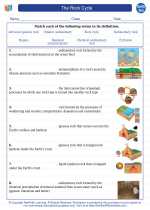Formation of Anions
Anions are formed by the gain of one or more electrons by an atom. This usually occurs when an atom of a nonmetal element reacts with a metal element or with another nonmetal element that has a lower electronegativity. The nonmetal atom gains electrons to achieve a stable electron configuration, usually by attaining the electron configuration of a noble gas.
Naming Anions
Anions are named by adding the suffix "-ide" to the root of the element name. For example, when chlorine gains an electron to form an anion, it is named chloride. Similarly, oxygen forms oxide, nitrogen forms nitride, and so on.
Properties of Anions
Anions are typically larger than their parent atoms due to the addition of extra electrons, which causes increased electron-electron repulsion. They are also attracted to the anode (positive electrode) in electrolysis and are often involved in ionic bonding with cations to form ionic compounds.
Study Guide
To study anions effectively, it's important to understand the concept of electron gain and loss in chemical reactions. Here are some key points to focus on:
- Understand the process of electron gain by nonmetal atoms and the formation of anions.
- Learn the naming conventions for anions and practice naming common anions of different elements.
- Compare the properties of anions to those of neutral atoms, focusing on size and reactivity.
- Explore the role of anions in ionic compounds and their behavior in electrolysis.
Additionally, practicing writing electron configurations for anions of different elements can help reinforce the concept of anions and their stability.
.◂Earth Science Worksheets and Study Guides High School. The Rock Cycle
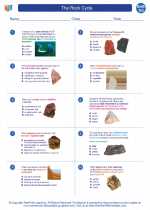
 Worksheet/Answer key
Worksheet/Answer key
 Worksheet/Answer key
Worksheet/Answer key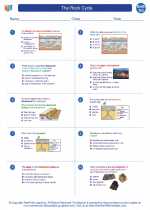
 Worksheet/Answer key
Worksheet/Answer key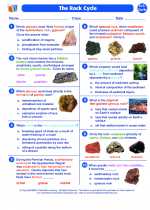
 Vocabulary/Answer key
Vocabulary/Answer key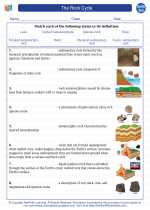
 Vocabulary/Answer key
Vocabulary/Answer key
 Vocabulary/Answer key
Vocabulary/Answer key